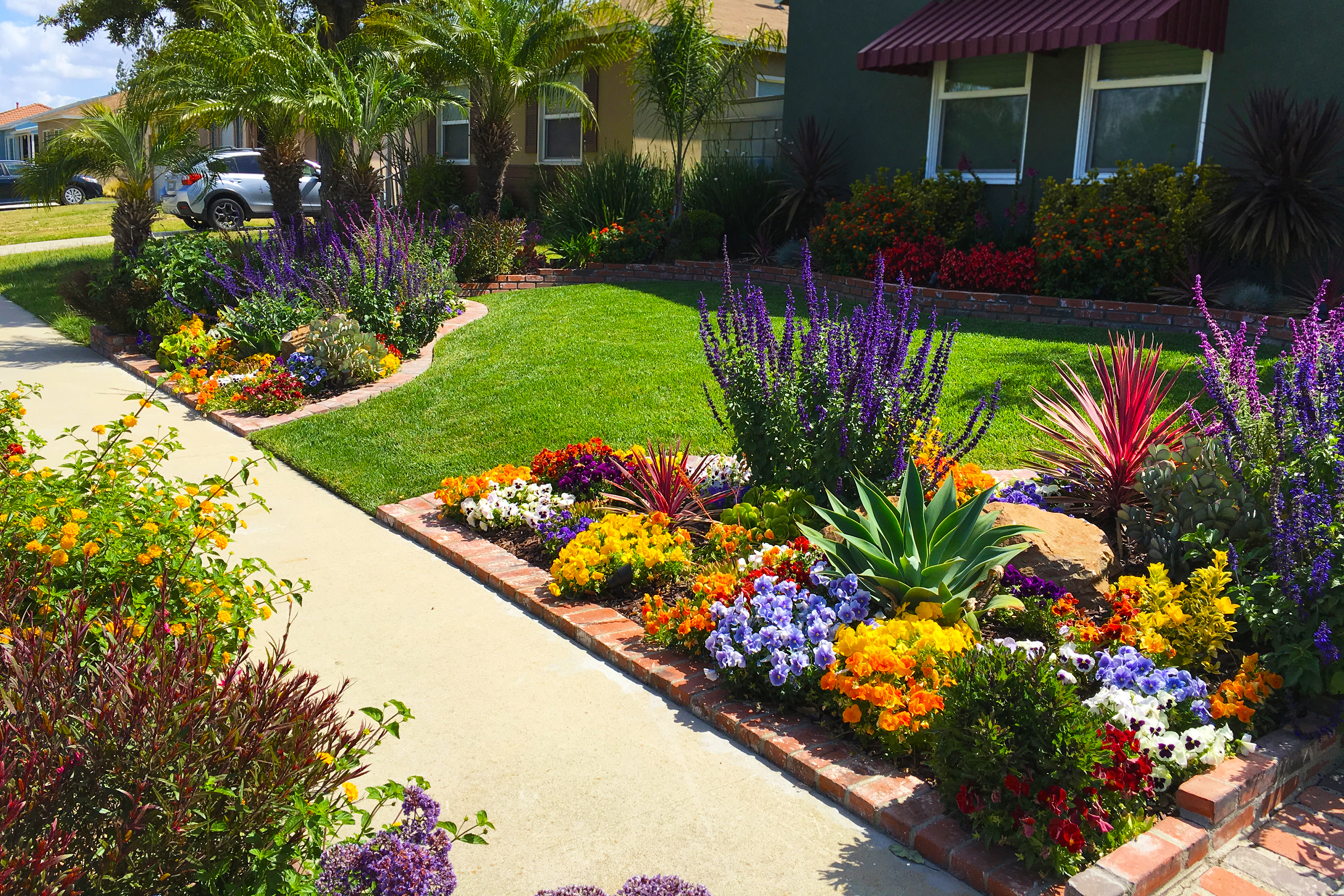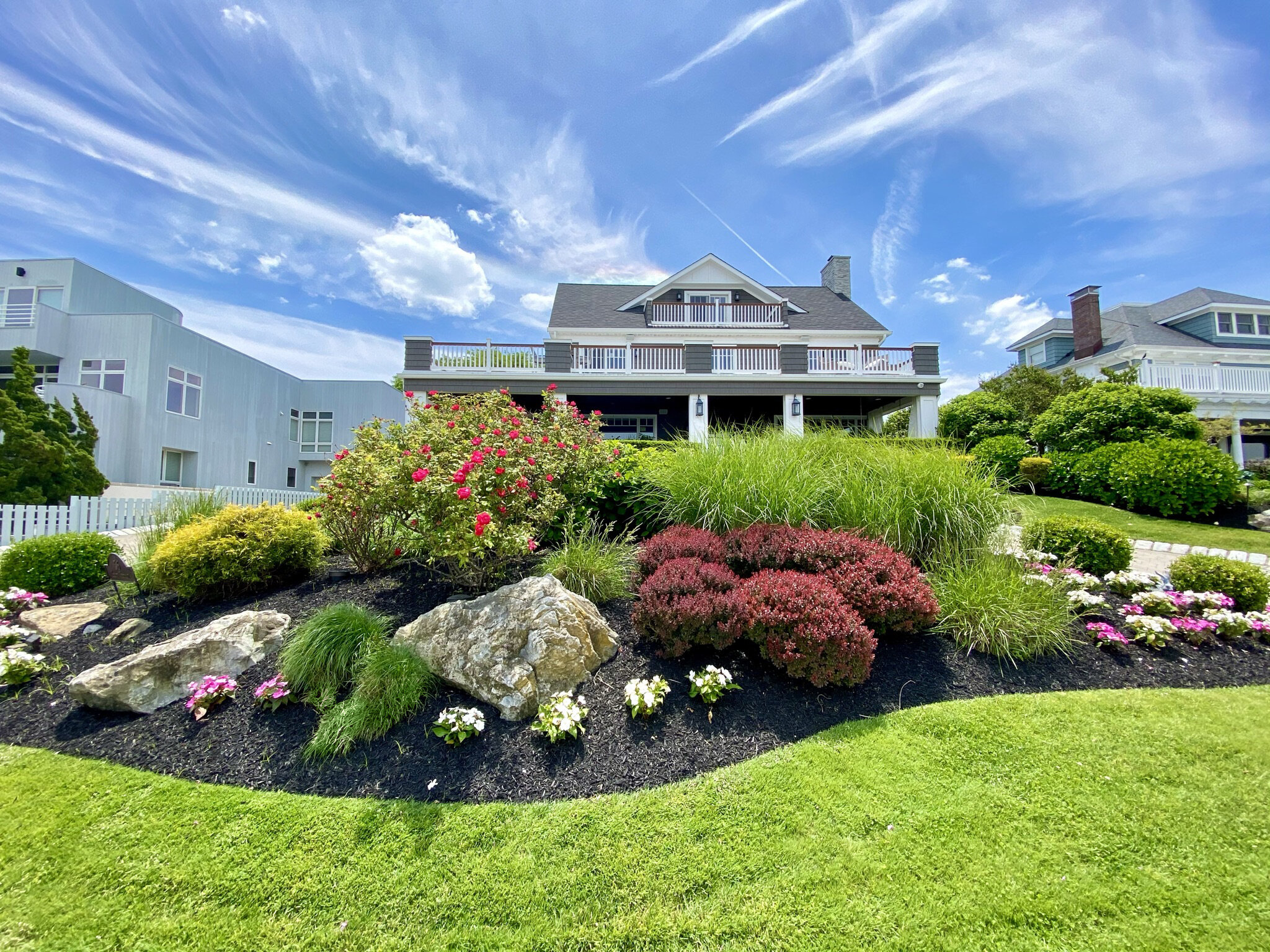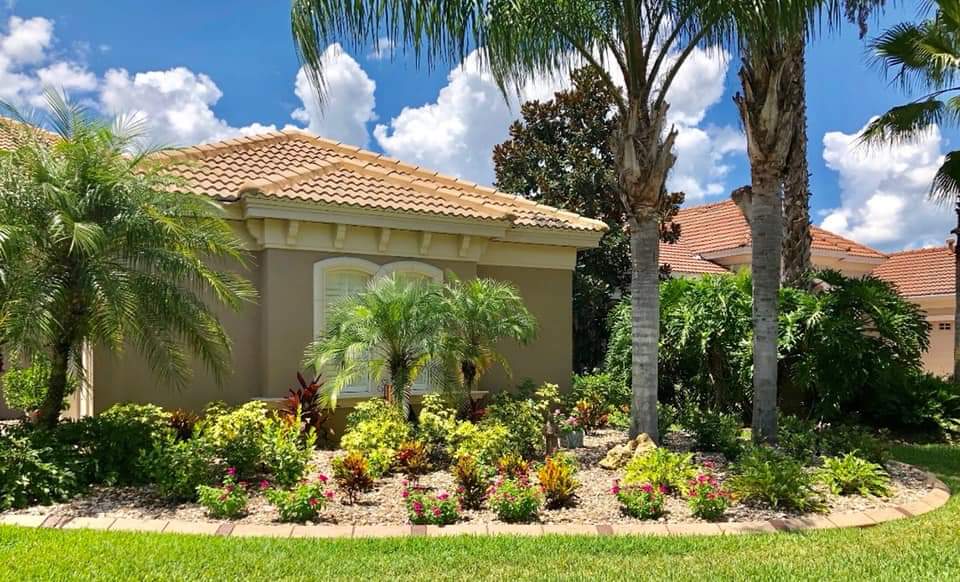A Comprehensive Overview to Designing and Implementing Effective Landscaping Solutions
The art and scientific research of landscape design prolong past mere visual appeals; they involve a thoughtful combination of style principles, ecological stewardship, and sensible application. An extensive guide to efficient landscape design options begins with an extensive understanding of your outdoor room, emphasizing the significance of equilibrium, proportion, and unity. As we explore sustainable methods and the option of suitable flora, the effects for biodiversity and neighborhood well-being end up being increasingly evident. What strategies can one use to ensure these landscapes not just flourish but also thrive in consistency with their surroundings?

Comprehending Landscape Style Principles
One could question what foundational elements add to effective landscape design. At its core, effective landscape design depends upon a number of crucial principles that lead the setup and option of aspects within an area. These principles consist of unity, rhythm, equilibrium, and proportion, each serving to develop an unified outdoor atmosphere.
Unity refers to the natural relationship among different components, making certain that they collaborate aesthetically and functionally. Equilibrium can be accomplished with asymmetrical or symmetrical setups, allowing the landscape to feel secure and inviting. Percentage includes recognizing the range of elements in regard to each other and the surrounding setting, advertising aesthetic harmony and convenience.

Analyzing Your Outdoor Room
Prior to implementing the principles of landscape layout, a thorough evaluation of your outside room is crucial. This preliminary examination aids define the scope of your landscaping job and makes certain that your layout aligns with the special qualities of your property. Begin by assessing the dimensions of your space, taking exact dimensions to recognize the available area for various elements such as patios, pathways, and yards.
Next, observe the existing features of your landscape, consisting of topography, dirt high quality, and drainage patterns. These elements considerably affect plant option and placement. Additionally, assess the sunshine exposure throughout various locations throughout the day, as this will certainly affect the sorts of plants that thrive in your yard.
Think about the microclimates developed by frameworks, trees, and other challenges, as they can influence temperature and dampness levels. Last but not least, bear in mind of any type of existing plants or hardscape aspects that you wish to maintain or get rid of. This extensive assessment lays the groundwork for a well-informed and reliable landscape design remedy, ensuring that your design is not just cosmetically pleasing yet sustainable and also practical for several years to come.
Sustainable Landscape Design Strategies
Incorporating sustainable landscape design strategies is crucial for producing an eco responsible outside area. These techniques not just advertise ecological balance however also boost the functional and visual worth of a landscape. One fundamental strategy is the utilization of native plants, which require less water and maintenance while supporting regional wildlife. Applying effective irrigation systems, such as drip watering, decreases water waste and ensures that plants receive appropriate wetness.

An additional effective method is the tactical placement of trees and hedges to supply all-natural windbreaks and shade, therefore decreasing energy costs (Palm Desert Landscaping). Rainfall yards can be integrated into the landscape style to manage stormwater drainage properly, filtering system toxins prior to they get in rivers
Picking the Right Plant Kingdoms
Choosing the right plants for your landscape is essential to accomplishing both aesthetic allure and ecological harmony. The procedure starts with an understanding of your local environment, soil problems, and the details microenvironments within your landscape. Assessing elements such as sunshine direct exposure, dampness degrees, and existing check that vegetations will certainly help you choose plants that thrive in your unique setup.
Take into consideration including indigenous plants, as they are well-adapted to regional conditions, need much less upkeep, and assistance local wildlife. Additionally, selecting a diverse variety of varieties can boost biodiversity while lowering the threat of condition and parasite episodes. It is important to review the growth habits, blooming durations, and seasonal shades of potential plants to produce a vibrant and natural landscape.
In addition, think of the meant use the space; as an example, if the area will experience high foot website traffic, go with durable ground covers. By thoughtfully choosing plants that align with both your aesthetic goals and environmental demands, you can create a lasting landscape that not just boosts your building however also adds favorably to the surrounding ecosystem.

Application and Upkeep Approaches
As soon as the ideal plants have been chosen for your landscape, the emphasis moves to effective execution and continuous maintenance techniques. Successful installment begins with correct website preparation, which consists of soil screening to establish nutrient degrees and pH, followed by amending the soil as required. Thoroughly organize plants according to their growth behaviors and light demands, ensuring appropriate spacing to promote healthy development.
Irrigation is a critical aspect of implementation. Develop a watering schedule that thinks about the specific requirements of each plant varieties, changing for seasonal modifications. Using drip watering systems can improve water efficiency and decrease runoff.
Upkeep techniques should be implemented to ensure the long life and vigor of your landscape. Routine tasks consist of weeding, mulching, and trimming to control development and prevent condition. Fertilization must be performed based on soil examinations, giving the necessary nutrients without over-fertilizing.
Keeping an eye on for pests and illness is vital; early discovery can protect against considerable damage. Seasonal modifications to maintenance regimens, such as preparing and winterizing perennials for spring development, will certainly guarantee that your landscape continues to be visually enticing and healthy year-round.
Conclusion
Finally, effective landscape design solutions call for a detailed understanding of style concepts, precise analysis of outside rooms, and the application of sustainable strategies. The choice of ideal plant species plays an essential function in improving visual appeal and eco-friendly resilience - Palm Desert Landscaping. Successful execution and ongoing upkeep further make sure the long life and vitality of landscapes. By integrating these components, landscapes can be transformed right into attractive, practical atmospheres that advertise biodiversity and add positively to neighborhood health.
One might wonder what foundational elements contribute to effective landscape design. At its core, successful landscape design pivots on numerous vital principles that assist the setup and selection of elements within a space.Selecting the right plants for your landscape is vital to attaining both aesthetic allure and eco-friendly harmony. It is crucial to assess the development habits, flowering durations, and seasonal shades of possible plants visit this site to develop a vibrant and natural landscape.
When the ideal plants have been chosen for your landscape, the emphasis changes to effective application and recurring upkeep methods.
Comments on “Discovering the very best Palm Desert Landscaping Professionals for Your Project”